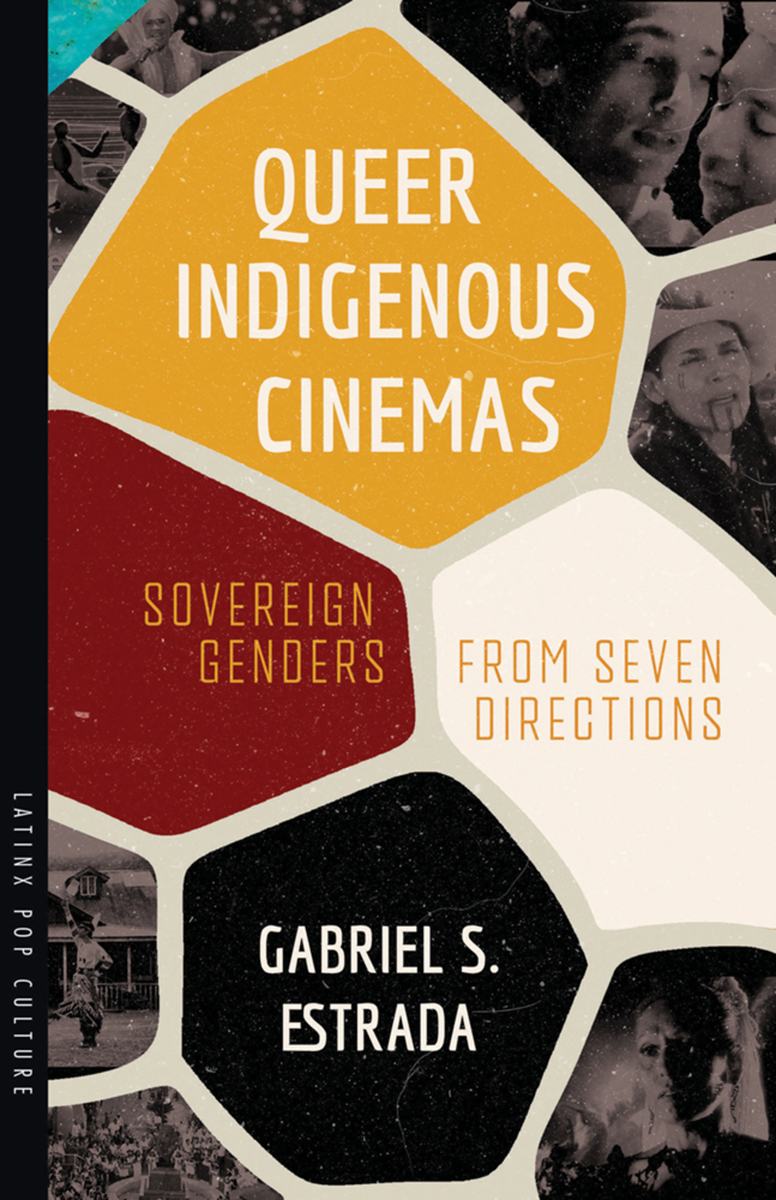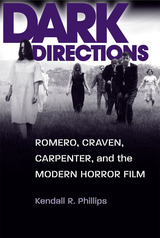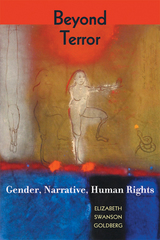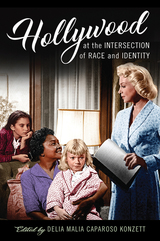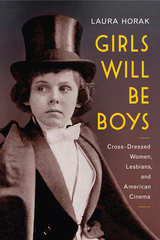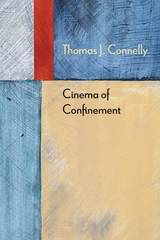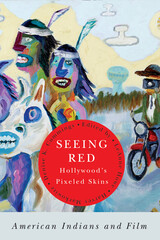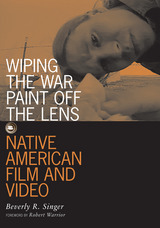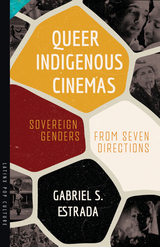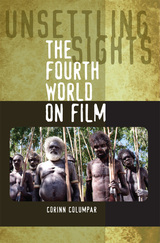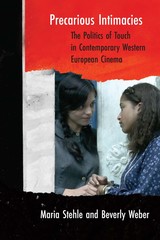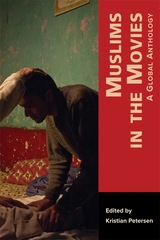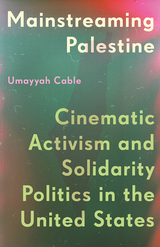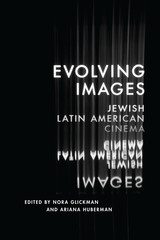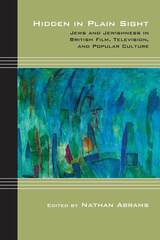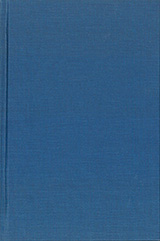Paper: 978-0-8165-5640-3 | eISBN: 978-0-8165-5641-0 (standard)
Library of Congress Classification PN1995.9.I49
The seven Indigenous directions—east, south, west, north, up, down, and center—provide a map of understanding gender in media history.
In Queer Indigenous Cinemas, scholarGabriel S. Estrada offers an analysis of queer Indigenous media from the Americas, the Pacific, and the Caribbean. This groundbreaking work uses Indigenous directional space and sovereign mapping methods to uncover the emotional, spiritual, and cultural dimensions of queer Indigenous lives. The book’s seven chapters—each one of the directions—look closely at media such as cinema and streaming videos that draw on Indigenous concepts from diverse nations such as Diné, Caxcan, Kanaka Maoli, and Nehiyawak. Estrada discusses how the cinema brings into focus the ways that many Indigenous genders do not conform with the male/female binary, genders and sexualities that may or may not overlap with contemporary constructions of gay, lesbian, bisexual, transgender, intersex, and two-spirit (LGBTQI2+) identities.
Highlighting the struggles and resistances of two-spirit peoples, Estrada’s analysis engages with films that represent the diverse and sovereign identities of queer Indigenous peoples. Estrada provides a framework for understanding how queer Indigenous media producers confront colonial trauma and reclaims space for the spiritual and bodily sovereignty of LGBTQI2+ peoples.
See other books on: Indian sexual minorities | Indigenous films | Indigenous peoples in motion pictures | Sexual minorities | Sexual minorities in motion pictures
See other titles from University of Arizona Press
